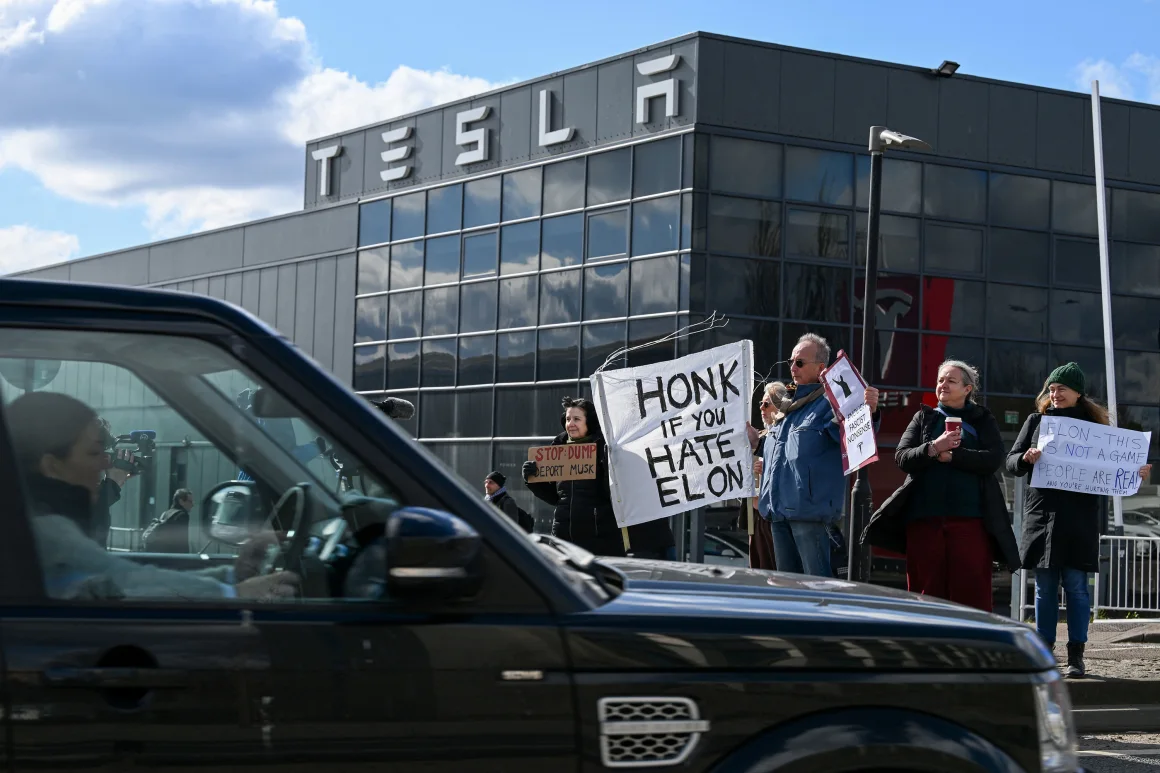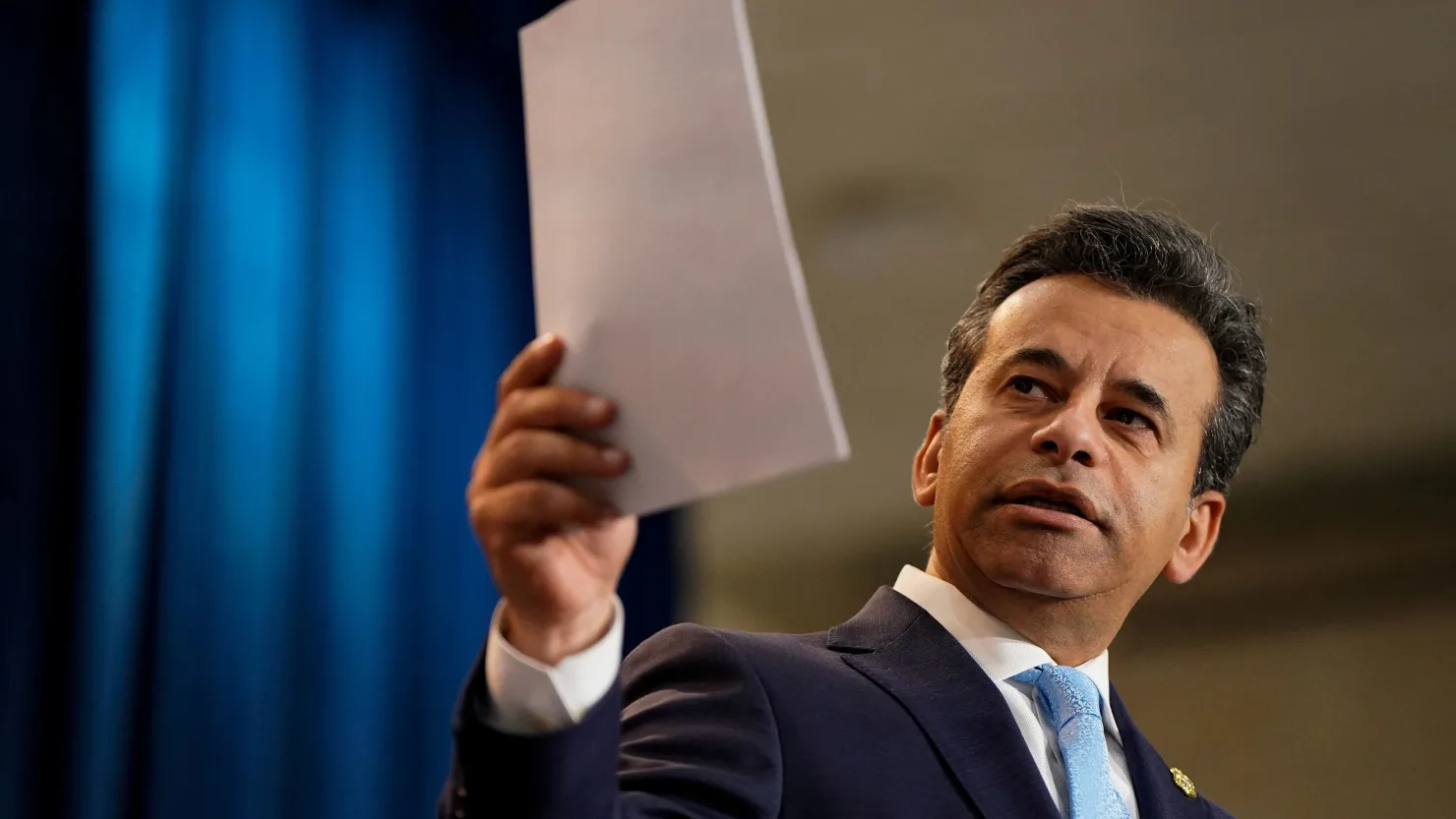Tesla Inc. has reported a sharp decline in profits and revenue, with CEO Elon Musk announcing a partial retreat from his controversial role in the Trump administration’s Department of Government Efficiency (DOGE). Musk confirmed during the company’s earnings call that, starting in May, he will reduce his time at DOGE to focus more on steering Tesla through a turbulent financial period.
Tesla’s Financial Woes Deepen
Tesla’s Q1 2025 results fell significantly short of analysts’ expectations. The electric vehicle giant reported:
- A 9% drop in overall revenue
- A 20% decline in automotive revenue
- A 39% fall in adjusted income
- A 71% plunge in net income compared to the same period last year
This comes after Tesla warned earlier this month of its worst sales drop in company history, with 50,000 fewer vehicles delivered than in Q1 2024. This marks Tesla’s lowest quarterly sales in nearly three years.
Musk’s Government Role Under Scrutiny
Much of the blame for Tesla’s underperformance has been directed at Elon Musk’s political activities, particularly his high-profile role at DOGE. Critics argue his involvement has sparked backlash, including:
- Protests outside Tesla showrooms
- Vandalism of Tesla facilities
- Declining sales in Europe, where Musk has supported far-right political movements
Musk defended his position, stating his work at DOGE was aimed at eliminating “waste and fraud” in federal spending. “If the ship of America goes down, Tesla will go with it,” Musk said, reinforcing his belief that national reform is in the company’s best interest.
Impact of Trade Tensions
Tesla also cited the ongoing global trade war as a factor affecting its performance. Although Tesla manufactures its U.S.-bound vehicles domestically, many components are imported and subject to new tariffs imposed by President Donald Trump.
“It is difficult to measure the impacts of shifting global trade policy on the automotive and energy supply chains,” Tesla noted, adding that guidance for the rest of the year may be revised.
Musk reiterated his opposition to high tariffs, stating, “I’ll continue to advocate for lower tariffs rather than higher tariffs. That’s all I can do.”
Market Reaction and Future Outlook
Following Musk’s announcement that he would scale back his DOGE involvement, Tesla shares rose 4% in after-hours trading. However, this is a small recovery compared to the 50% drop from Tesla’s December 2024 peak, when investor optimism surged after the U.S. election.
Despite the troubling numbers, Musk painted a bullish picture of Tesla’s future, promising advancements in:
- Affordable EV models, slated for release by the end of June
- Fully autonomous robotaxis, to be launched as early as this spring
He insisted that the company’s core mission remains intact and that long-term prospects are strong. “The future of Tesla is brighter than ever,” Musk said.
Competitive Landscape
Tesla is also under pressure from intensifying competition, particularly from Chinese EV giant BYD, which has outpaced Tesla in quarterly EV sales in recent years. With current sales trends, Tesla is at risk of losing its title as the world’s top EV seller in 2025.
China remains Tesla’s second-largest market, but the earnings report did not disclose regional sales figures, adding to investor uncertainty.
Conclusion
Tesla’s sharp profit decline and sales slump reflect both external market pressures and internal leadership controversies. Elon Musk’s promise to return more focus to Tesla could help stabilize the company, but significant challenges remain, including regulatory shifts, trade tensions, and an increasingly competitive EV market. Whether Musk’s reassignment will be enough to reignite investor and consumer confidence remains to be seen.


 Entertainment8 months ago
Entertainment8 months ago
 Fashion8 months ago
Fashion8 months ago
 Fashion8 months ago
Fashion8 months ago
 Entertainment8 months ago
Entertainment8 months ago
 Entertainment8 months ago
Entertainment8 months ago
 Entertainment8 months ago
Entertainment8 months ago
 Entertainment8 months ago
Entertainment8 months ago
 Politics8 months ago
Politics8 months ago

